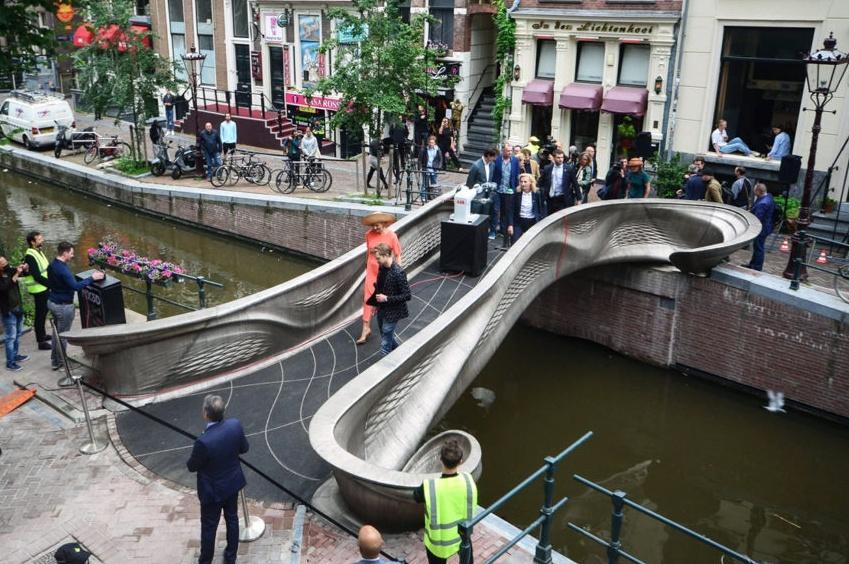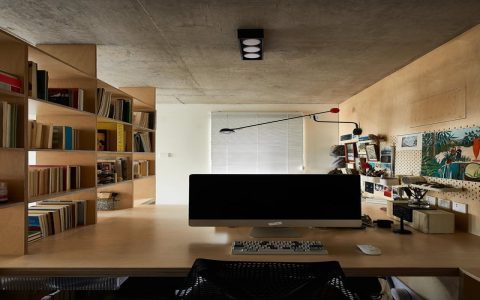Amsterdam's innovative 3D-printed steel bridge, installed over a canal in 2021, serves as a compelling blueprint for the future of additive manufacturing in construction and critical infrastructure. Its development highlights key advancements:
Robotic Multi-Material Printing
Unlike smaller polymer printers, this project utilized six-axis robotic arms equipped with welding gear. These robots deposited molten steel layer-by-layer, traveling freely in 3D space to create complex, load-bearing structures impossible with traditional casting. This showcases scalability beyond small prototypes.
Real-Time Structural Validation
The bridge incorporates a sophisticated embedded sensor network:

- Strain Gauges: Monitor structural deformation under live loads.
- Vibration Sensors: Detect dynamic responses from foot traffic.
- Environmental Sensors: Track corrosion factors like air chemistry and temperature.
This transforms the bridge from static object into a "living laboratory," generating unprecedented data on long-term 3D-printed metal performance.
Software-Defined Engineering
Complexity was managed through:
- Generative Design: Software optimized the structure's shape for minimal material use while maximizing strength, creating an organic lattice form.
- Seamless Workflow: Direct translation from digital design to robotic path planning minimized manual intervention and error.
Future Implications
This project signals transformative shifts:
- On-Demand Replacement Parts: Printing bespoke components onsite, crucial for aging infrastructure or remote locations.
- Reduced Waste & Emissions: Additive manufacturing using only necessary material, contrasting resource-intensive traditional methods.
- Radical Architectural Freedom: Enabling structures optimized for performance, not manufacturing constraints.
- "Smart Infrastructure" Standard: Embedding sensors during printing becomes standard practice for real-time health monitoring.
The Amsterdam bridge proves 3D printing can move beyond prototyping into functional, code-compliant, sensor-enhanced structures, paving the way for more resilient and adaptable built environments worldwide.






